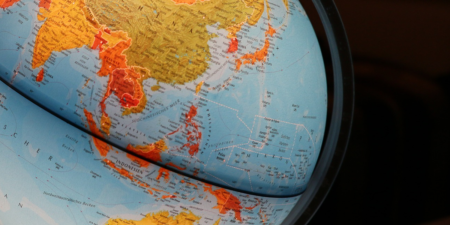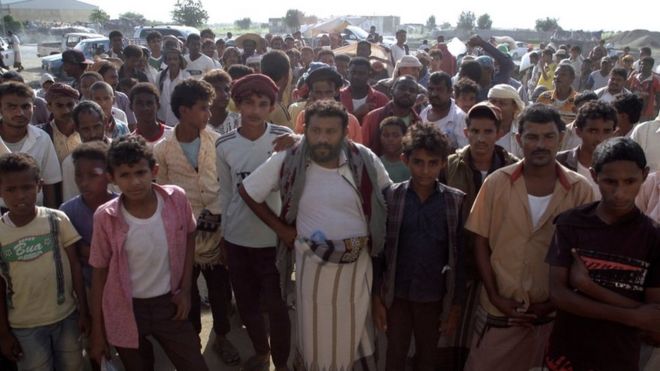Anirban Ganguly
louise Burke noted that Vivekananda wanted to spread the Master's message not only to Europe and Asia but also to South Africa, where an Indian community lived
In her path-breaking multi-volume study, Swami Vivekananda in the West — New Discoveries, one of the few encyclopaedic works on Swami Vivekananda's actions in the West, Marie louise Burke (Sister Gargi) of the Ramakrishna-Vivekananda Order, drew attention to an interesting and a deeply symbolic detail.
louise Burke noted how Swami Vivekananda wanted “to spread the Master's message not only to Europe and Asia but also to South Africa, where an Indian community was living on uneasy terms with the British”. On the request from a ‘Bombay friend’ to send someone to look after the religious needs of the Indian emigrants (there), Swami Vivekananda considered for a while sending one of his young brother monks to give succour to the community. “The work will not be congenial at present, I am afraid”, he wrote to this brother-disciple, adding, “but it is really the work for a perfect man. You know the emigrants are not liked at all by the white people there. To look after the Indians, and at the same time maintain cool-headedness so as not to create more strife — is the work there. No immediate result can be expected, but in the long-run it will prove a more beneficial work for India than any attempted.”










/arc-anglerfish-arc2-prod-mco.s3.amazonaws.com/public/U5HF5W64DVHANMW2QRRHMCWVSA.jpg)

/arc-anglerfish-arc2-prod-mco.s3.amazonaws.com/public/NAO6ZNDUFZDH7FQWKA2AWBQCUI.jpg)